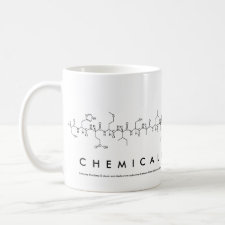
Authors: Xue XH, Pan J, Xie HM, Wang JH, Zhang S
Article Title: Specific recognition of staphylococcus aureus by staphylococcus aureus protein A-imprinted polymers.
Publication date: 2009
Journal: Reactive and Functional Polymers
Volume: 69
Issue: (3)
Page numbers: 159-164.
DOI: 10.1016/j.reactfunctpolym.2008.12.013
Alternative URL: http://www.sciencedirect.com/science/article/B6TY0-4V75YSM-1/2/de4772b31aed2720a0a6ded07cc854cb
Abstract: Staphylococcus aureus protein A-imprinted polyacrylamide gel beads (SpA-IPGB) that target Staphylococcus aureus (S. aureus) were synthesized by inverse-phase suspension polymerization and using SpA as template. Adsorption experiments of different proteins onto SpA-IPGB were conducted to determine the protein binding capacity and selectivity. Recognition specificity studies of the prepared SpA-IPGB for S. aureus were conducted to determine the recognition specificity for the bacteria. The adsorption test results showed that imprinted gel beads exhibited a good recognition for template proteins, as compared to control proteins. The recognition specificity study indicated that the adsorbed quantity of S. aureus onto the SpA-IPGB was much higher than for other types of bacteria. The adsorbed quantity of S. aureus onto the SPA-IPGB was 103-104áCFU/g of gel beads
Template and target information: Staphylococcus aureus protein A, protein, Staphylococcus aureus, S. aureus, SpA, bacteria
Author keywords: Staphylococcus aureus protein A, molecular imprinting, Polyacrylamide gel beads, Staphylococcus aureus, Specific recognition



Join the Society for Molecular Imprinting

New items RSS feed
Sign-up for e-mail updates:
Choose between receiving an occasional newsletter or more frequent e-mail alerts.
Click here to go to the sign-up page.
Is your name elemental or peptidic? Enter your name and find out by clicking either of the buttons below!
Other products you may like:
 MIPdatabase
MIPdatabase









